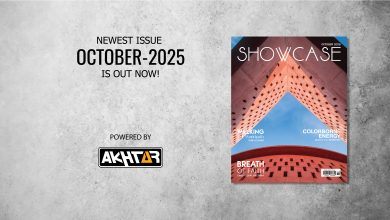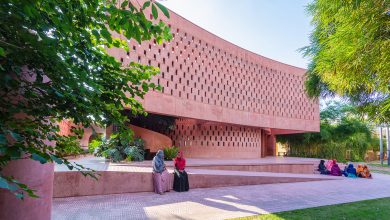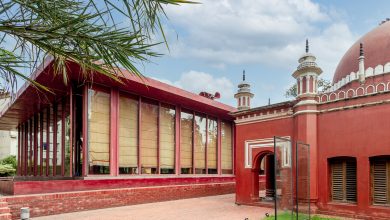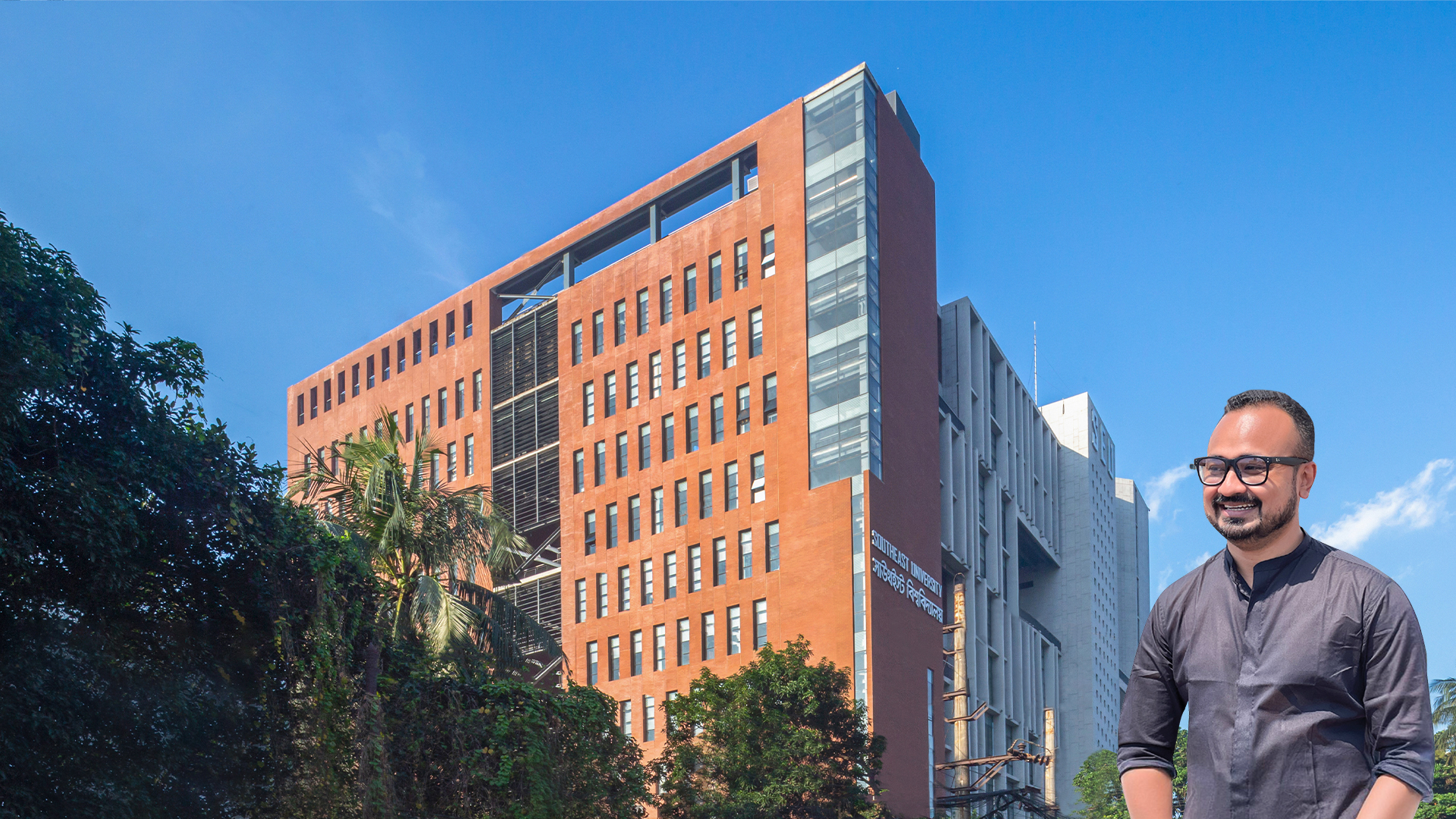
In the heart of Dhaka’s bustling Tejgaon, Southeast University (SEU) has achieved a remarkable milestone with the completion of its new campus. Spanning 30,670 square meters, this modern educational facility is not only drawing in more students each semester but also setting new standards for urban campus design. SEU’s new campus, created by Cubeinside Design Limited, stands out as a monument to creative architectural solutions that address the difficulties of congested metropolitan areas, particularly in light of the city’s over 38,000 inhabitants per square kilometer.
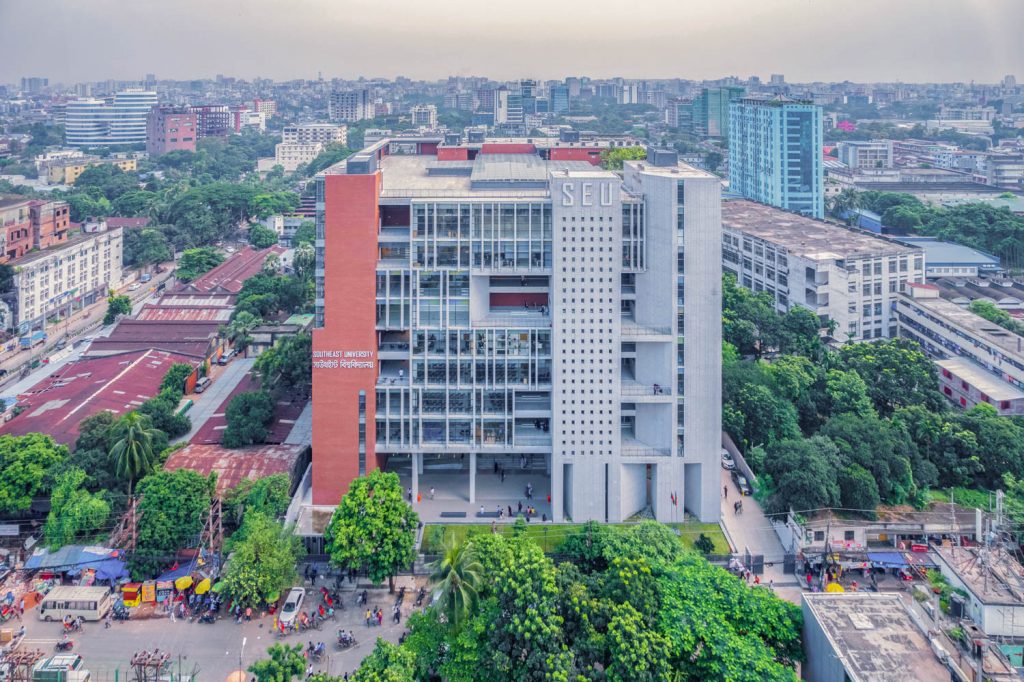
The goal of the SEU campus was to transform a former industrial area into an aesthetically beautiful and student-focused setting. The architects had a formidable task in trying to fit the vast needs of the university into a little amount of land. Due to this limitation, the campus was designed with an emphasis on vertical expansion, featuring a central nucleus or vertical void that acts as the school’s hub. This core area serves as a catalyst for community development and student involvement in addition to being a structural component.

Visitors are welcomed by a well-planned road and meeting area, furnished with seating areas and a small garden, as soon as they enter the campus through the main gate. The center void, which unites many facets of campus life, is accessible from this inviting place. In order to create a sense of cohesion and community among the 12,000 students, the vertical design makes sure that classrooms, labs, and other formal spaces are grouped around this central hub.
Principal architect of Cubeinside Design Limited, Khandaker Ashifuzzaman Rajon, stressed the value of incorporating informal spaces in addition to standard learning environments. “We wanted to create an infrastructure where students can use their lateral learning,” Rajon said. “Classrooms generally do not attract students, so we gave informal space equal importance, if not more.” This philosophy is demonstrated throughout the campus, where terraces, bridges, and corridors are artfully designed to encourage social contact as well as physical mobility.
There are several of unofficial areas on campus where students can hang out and socialize.


These spaces are arranged in a way that makes it possible for students to relax or interact with friends nearby at all times.
With its many dimensions and hierarchical spaces, the central void improves the campus’s visual and physical connectedness, lets natural light into the center of the building, and fosters a lively, dynamic atmosphere.
Utilizing daylight and natural ventilation is one of the SEU campus’s most notable aspects.
The campus’s energy efficiency is increased by the design of numerous gaps and ventilation, which encourage horizontal air circulation. The halls and other areas are naturally ventilated, which uses far less energy than air conditioning, with the exception of the classrooms. With double-glazed laminated glass roofs that maximize natural light and reduce heat transmission, the campus is oriented to allow 95% of its space to be exposed to direct daylight.
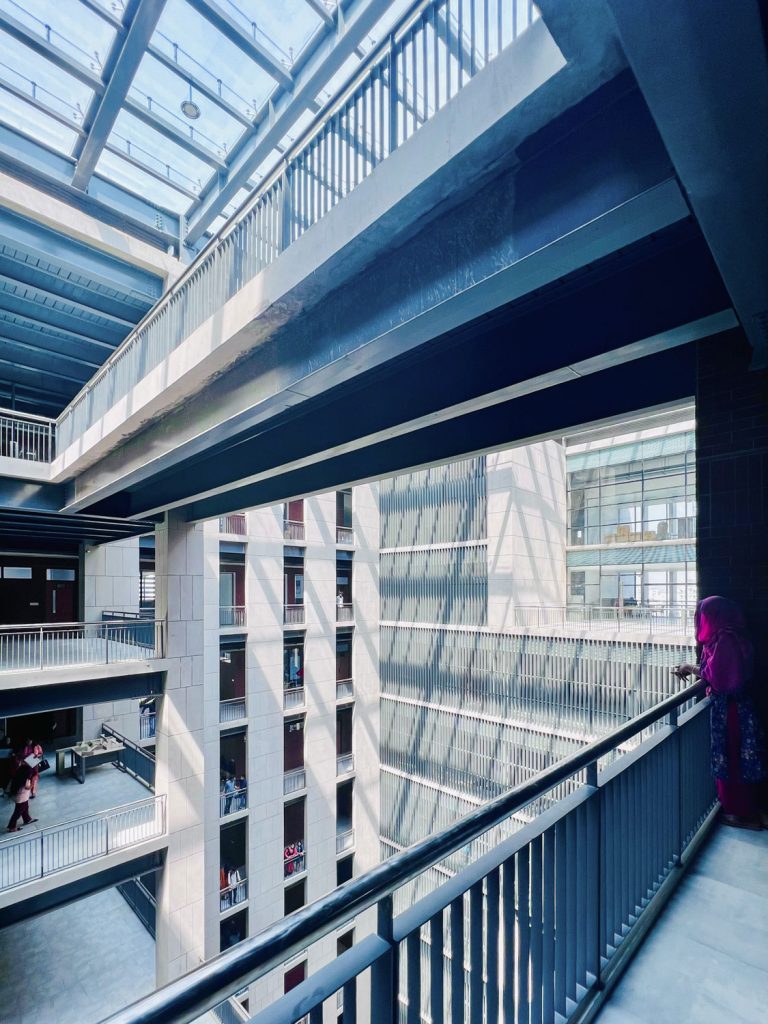
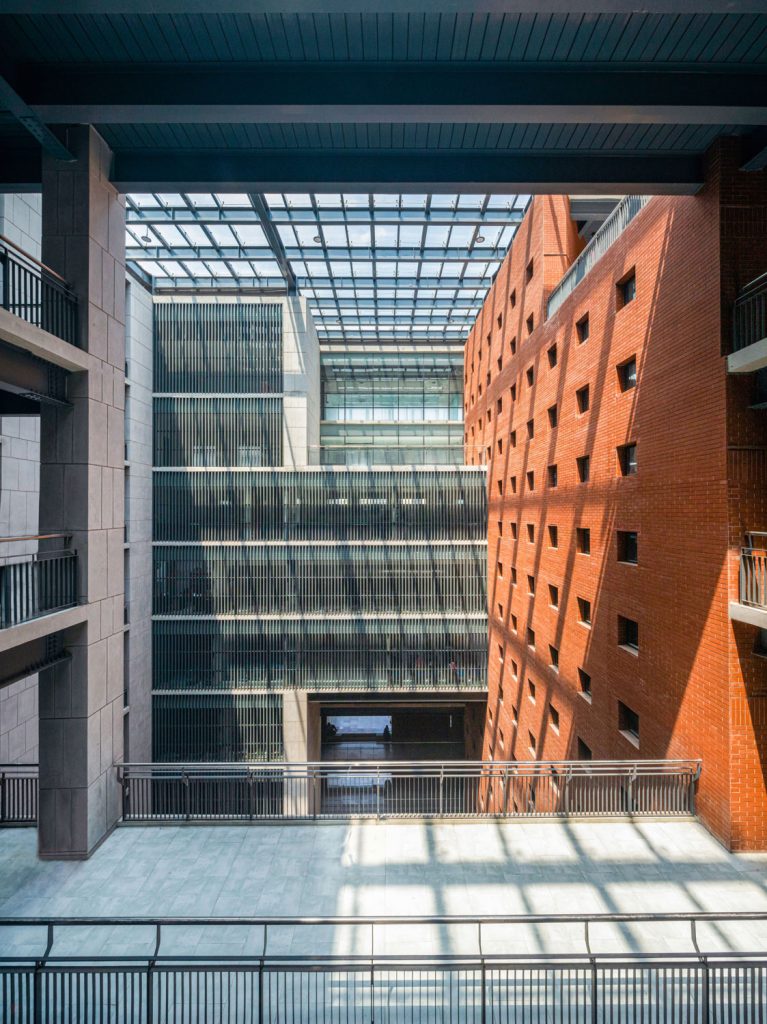
With its modern layout of black ceilings, white metal, and wood-based workstations, the library is a student haven complete with discussion areas and an electronic library. With 600 seats, the ninth-floor auditorium is a flexible venue for a range of activities. All nine floors are easily accessible via elevators, which improves worker and student mobility. Tejgaon’s new Southeast University campus is a stunning example of architectural mastery. It offers a lively, stimulating setting that improves the whole educational experience in addition to satisfying the practical needs of an expanding student body.
Thoughtful architecture can create spaces that inspire and connect even in the most crowded cities,
As seen by SEU’s campus design, which gives a model for future improvements in urban education as Dhaka grows.
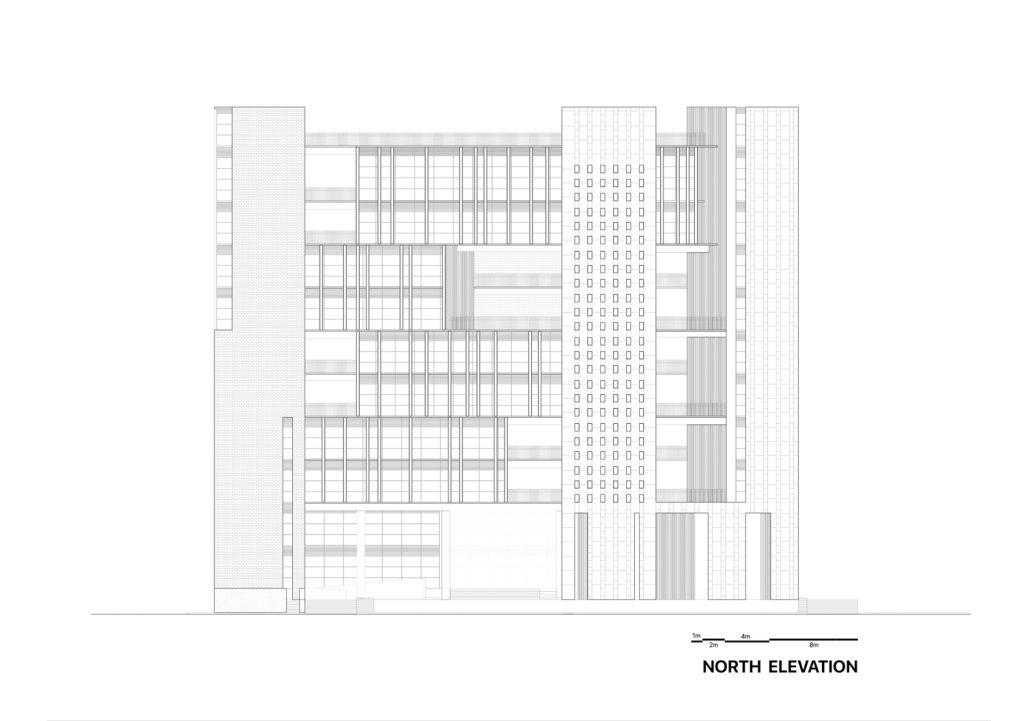

Cubeinside has grown to become one of Bangladesh’s most well-known architectural and interior design practices, following its founding in 2009 by a group of young architects with similar goals. Cubeinside has shown their great aptitude for interior design and construction projects in tandem with their architectural design. Retail, commercial, workplace, residential, institutional, and hospitality are just a few of the many interior design project categories they have worked on. In addition to having a track record of successfully completing projects using an effective project management system, the team is skilled in creating original interior design concepts in a variety of projects while always aiming for consistency. The founding architect is
Khandaker Ashifuzzaman Rajon, Ahmed Firoz Ul Hoque Robin is one of the co-founders and the most talented team work behind every project.



